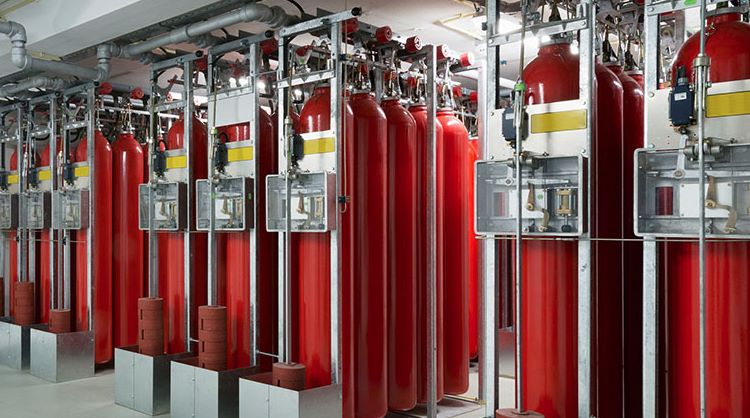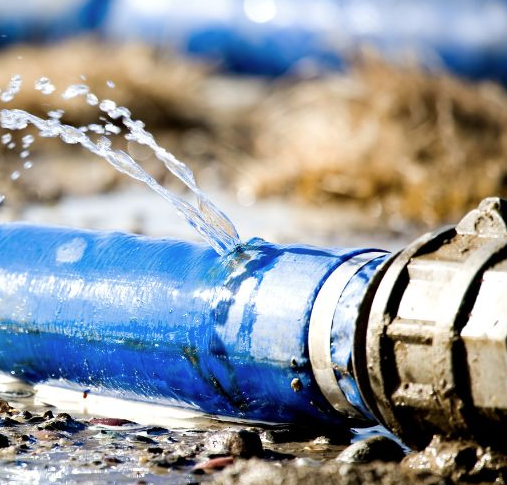
Instrumentation questions and answers Level measuremets
Level measurement methods include direct and indirect methods. Direct methods include bob and tape, Radar level transmitter repair,sight glass, and pressure gauges. Indirect methods involve purge systems with regulated air supply and pressure gauges. These methods are suitable for open tank applications. Differential pressure meters balance out pressure in pressure vessels, allowing for accurate level measurements. These methods are essential for maintaining accurate levels in tanks.
The leveltrol is a common instrument used to measure level in closed tanks, using the Archimedes principle. The displacer is immersed in the liquid, causing a loss of weight depending on the liquid's specific gravity. The displacer hangs freely on a knife and is transmitted to a pneumatic or electronic counterpart. Different pressure is applied to the high-pressure side of the transmitter, which is calibrated. The leveltrol is applied to close tanks, where the bottom connection is connected to the high-pressure side, and open tanks, where the L.P. side is vented to the atmosphere. The purge level system, also known as the bubbler method, is used for corrosive liquids where the transmitter cannot be directly connected to the process.
L E V E L
Briefly
explain the different methods of level measurement?
There are two ways of
measuring level:
1.
Direct
2. Indirect.
(b) Purge (Bubbler) system:
In this method a pipe is installed vertically with the open and at zero level. The other end of the pipe is connected to a regulated air supply and to a pressure gauge. To make a level measurement the air supply is adjusted so that pressure is slightly higher than the pressure due to height of the liquid. This is accomplished by regulating the air pressure until bubbles cab be seen slowly leaving the open end of the pipe.
The air pressure to the bubbler pipe is minutely in
Excess of the liquid pressure in the vessel, so that
Air pressure indicated is a measure of the level in
The tank
The methods above are suitable for open tank applications. When a liquid is in a pressure vessel, the liquid column pressure can't be used unless the vessel pressure is balanced out. This is done through the use of different pressure meters
(c) Differential
pressure meter:
Connections are made at the
vessel top and bottom, and to the two columns of the D.P. meter. The top
connection is made to the L.P. column of the transmitter and the bottom to H.P.
column of the transmitter. The difference in pressure in the vessel is balanced
out, since it is fed to both the column of the meter. The difference in
pressure deducted by the meter will be due only to the changing, level of the
liquid.
(d) Displacer type level measurement:
The leveltrol is one of the
most common instruments used measuring level in closed tanks. This instrument
works of
30.
Explain how you will measure level with a different pressure transmitter.
The bottom connection of the
vessel is connected to high-pressure side of the transmitter.
Different Pressure = H X D
31. How is D.P. transmitter applied to a close tank?
In close tank the bottom of
the tank is connected to the high-pressure side of the transmitter and top of
the tank in connected to L.P. side of the transmitter. In this way the vessel
pressure is balanced.
32. How
is D.P. transmitter applied to an open tank?
On an open tank level
measurement the L.P. side is vented to atmosphere. Whatever pressure acts is on
the H.P. side, which is a measure of level.
33. How
is D.P transmitter applied to a close tank & open tank with Dry leg?
Span = (X) (GL)
HW at minimum
level = (Z) (GS) + (Y) (GL)
HW at maximum
level = ( Z ) ( GS ) + ( X
+ Y ) ( GL )
Where:
GL =
Specific gravity of tank liquid.
GS = Specific gravity of seal liquid.
HW =
Equivalent head of water.
X, Y & Z are
shown in fig (1.1)




